DIAGNOSTIC RESPONSE:
DNS, Attempt 5th, then 3rd
CIRCUIT DESCRIPTION:
The Transmission Control Module (TCM) uses input from the turbine speed and output speed sensors to determine the current commanded for steady-state gear ratio. The TCM then compares the known gear ratio to the calculated gear ratio for the current range.
CONDITIONS FOR RUNNING THE DTC:
1. Hydraulic system is pressurized.
2. No shift in progress.
3. Hydraulic default condition not present.
4. Output speed is above 200 rpm.
5. Engine initialization or shutdown is not in process.
CONDITIONS FOR SETTING THE DTC:
DTC P0729 sets during steady-state condition when the calculated sixth gear ratio differs from the known sixth gear ratio for more than 2 seconds.
ACTION TAKEN WHEN THE DTC SETS:
When DTC P0729 is active, the following conditions will occur:
1. The TCM attempts to shift to fifth range. If unsuccessful, the TCM commands third range.
2. While diagnostic response is active, the TCM ignores shift selector inputs.
3. The CHECK TRANS light illuminates.
4. DTC is stored in the TCM history.
5. TCM inhibits TCC engagement.
6. TCM freezes shift adapts (DNA).
CONDITIONS FOR CLEARING THE DTC/CHECK TRANS LIGHT:
Use the diagnostic tool to clear the DTC from the TCM history. The TCM automatically clears the DTC from the TCM history if the vehicle completes 40 warm-up cycles without the DTC recurring.
DIAGNOSTIC AIDS:
NOTE: This DTC requires Clutch Test using the diagnostic tool to detect clutch slip during a partial stall and also to pressurize clutches for measurement without needing to drive the vehicle. Note that main pressure and clutch pressures are reduced when the Main Mod Solenoid is energized. Low commanded Main Mod solenoid pressures shown in Data Monitor correlate to reduced main pressure and clutch pressures. Main pressure is reduced by Main Mod in N (Neutral), 1 (First Range), and 2 (Second Range) when engine speed is below 1500 rpm. Higher Main Mod commanded pressures correlate to no reduction in main pressure and clutch pressures. Refer to First Steps and Tips for Troubleshooting and the OEM Technician’s Library for more information about the action requests for Clutch Test, Full Main Pressure Test, and also the procedure for Stall Testing.
DTC P0729 may be caused by:
1. Output speed sensor signal circuit issues.
2. Turbine speed sensor signal circuit issues.
3. Low clutch pressures, main pressure, or control main pressure.
4. Control module issues like stuck/sticky valves, mechanically defective solenoids, broken springs, damaged valve bores, plugged suction filter, damaged gaskets, excessive leaks to exhaust, etc.
5. Transmission issues such as damaged output speed sensor wheel slot, worn and/or damaged seals or seal rings, dislocated snap rings, worn clutch packs, rotating drum damage (affecting turbine speed pickup), debris, excessive hydraulic circuit leaks to exhaust or other hydraulic circuits.
NOTE: Damage to the output speed sensor wheel slot is an indication the driveline does not meet ATI specifications. Correct all driveline issues before putting transmission back in service.
6. Clutch system issues causing a clutch not to release.
7. Issue with TCM.


 AGCO
AGCO ALLISON
ALLISON BENDIX
BENDIX BOBCAT
BOBCAT CAT
CAT CLAAS
CLAAS CNH
CNH DAF
DAF DETROIT
DETROIT EATON
EATON FREIGHTLINER
FREIGHTLINER HINO
HINO HITACHI
HITACHI ISUZU
ISUZU JCB
JCB JOHN DEERE
JOHN DEERE JPRO
JPRO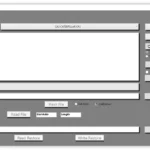 MAGIC TUNER
MAGIC TUNER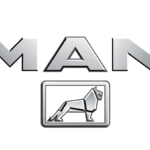 MAN
MAN Navistar
Navistar PACCAR
PACCAR PERKINS
PERKINS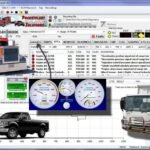 PF DIAGNOSE
PF DIAGNOSE PSI POWERLINK
PSI POWERLINK RENAULT
RENAULT SCANIA
SCANIA THERMO KING
THERMO KING UD NISSAN
UD NISSAN VOLVO
VOLVO WABCO
WABCO ZF TESTMAN
ZF TESTMAN
 BELL
BELL BENDIX
BENDIX BOBCAT
BOBCAT CARRIE
CARRIE DAF
DAF DETROIT
DETROIT EATON
EATON FUSO
FUSO MACK
MACK
 Cumminz
Cumminz ISB4.5 CM2150
ISB4.5 CM2150 All Engines (2017 Emissions)
All Engines (2017 Emissions) PACCAR
PACCAR
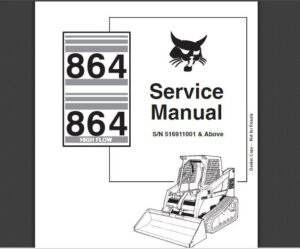




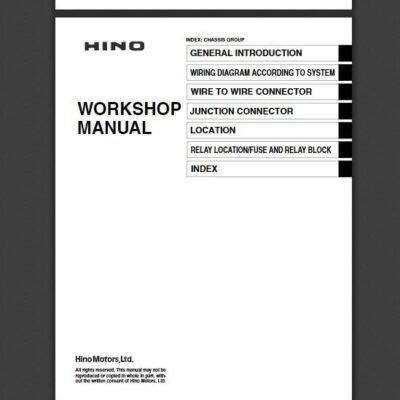


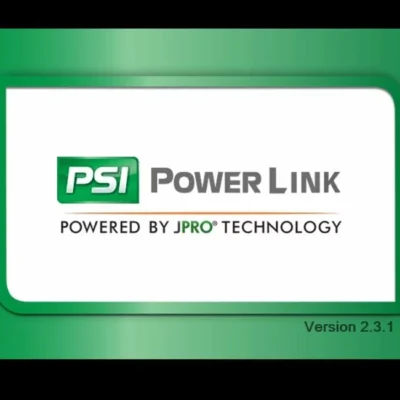

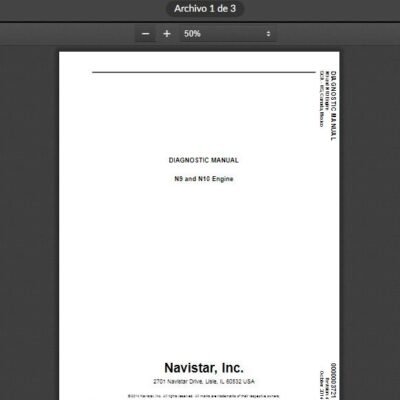
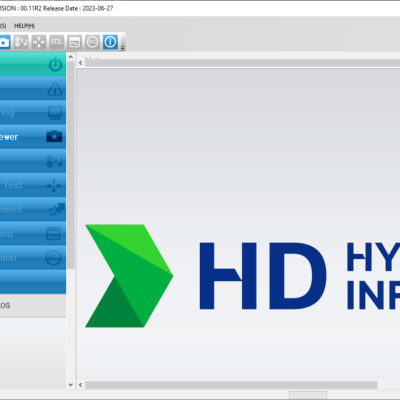


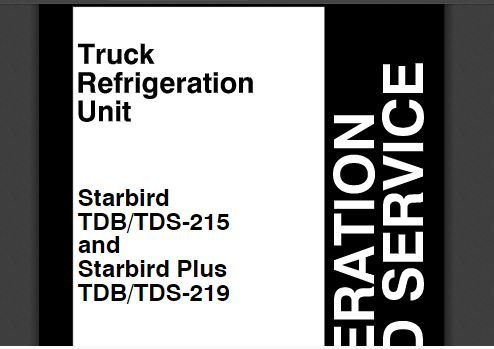
![DOOSAN EDIA-AS FULL STANDARD 2.4.0.7 [2023.06] is an essential diagnostic software designed for Doosan machinery. Released in June 2023, it enhances maintenance and troubleshooting processes for heavy equipment. This version offers improved functionality, user-friendly features, and unlimited licensing. It also provides remote installation support via TeamViewer, ensuring users can maximize their investment effectively.](https://ecmtrucks.com/wp-content/uploads/2024/08/11-400x400.png)
Reviews
Clear filtersThere are no reviews yet.